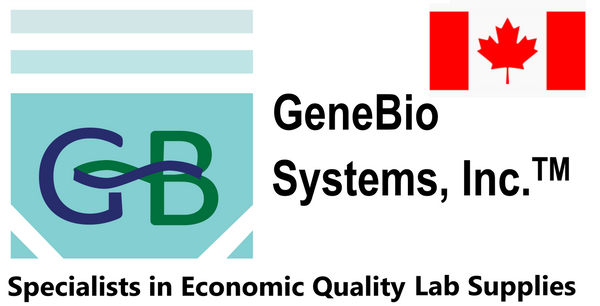Gene Bio Systems
Recombinant Human Cyclic AMP-responsive element-binding protein 3-like protein 2(CREB3L2)
Recombinant Human Cyclic AMP-responsive element-binding protein 3-like protein 2(CREB3L2)
SKU:CSB-EP754617HU
Couldn't load pickup availability
Size: 200ug. Other sizes are also available. Please Inquire.
In Stock: No
Lead time: 10-20 working days
Research Topic: Epigenetics and Nuclear Signaling
Uniprot ID: Q70SY1
Gene Names: CREB3L2
Organism: Homo sapiens (Human)
AA Sequence: MEVLESGEQGVLQWDRKLSELSEPGDGEALMYHTHFSELLDEFSQNVLGQLLNDPFLSEKSVSMEVEPSPTSPAPLIQAEHSYSLCEEPRAQSPFTHITSDSFNDDEVESEKWYLSTDFPSTSIKTEPVTDEPPPGLVPSVTLTITAISTPLEKEEPPLEMNTGVDSSCQTIIPKIKLEPHEVDQFLNFSPKEGLSALPVSLWVMDMVSGSTEREYGERAGMSLYHRCCSWLYEIALFLKNKNFASK
Expression Region: 1-247aa
Sequence Info: Full Length of BC063666
Source: E.coli
Tag Info: N-terminal GST-tagged
MW: 54.6 kDa
Alternative Name(s): BBF2 human homolog on chromosome 7
Relevance: Transcription factor involved in unfolded protein response (UPR). In the absence of endoplasmic reticulum (ER) stress, inserted into ER membranes, with N-terminal DNA-binding and transcription activation domains oriented toward the cytosolic face of the membrane. In response to ER stress, transported to the Golgi, where it is cleaved in a site-specific manner by resident proteases S1P/MBTPS1 and S2P/MBTPS2. The released N-terminal cytosolic domain is translocated to the nucleus to effect transcription of specific target genes. Plays a critical role in chondrogenesis by activating the transcription of SEC23A, which promotes the transport and secretion of cartilage matrix proteins, and possibly that of ER biogenesis-related genes. In a neuroblastoma cell line, protects cells from ER stress-induced death. In vitro activates transcription of target genes via direct binding to the CRE site.
Reference: "Fusion of the FUS and BBF2H7 genes in low grade fibromyxoid sarcoma." Storlazzi C.T., Mertens F., Nascimento A., Isaksson M., Wejde J., Brosjoe O., Mandahl N., Panagopoulos I. Hum. Mol. Genet. 12:2349-2358(2003)
Purity: Greater than 90% as determined by SDS-PAGE.
Storage Buffer: Tris-based buffer,50% glycerol
Storage: The shelf life is related to many factors, storage state, buffer ingredients, storage temperature and the stability of the protein itself. Generally, the shelf life of liquid form is 6 months at -20℃/-80℃. The shelf life of lyophilized form is 12 months at -20℃/-80℃.
Notes: Repeated freezing and thawing is not recommended. Store working aliquots at 4℃ for up to one week.


